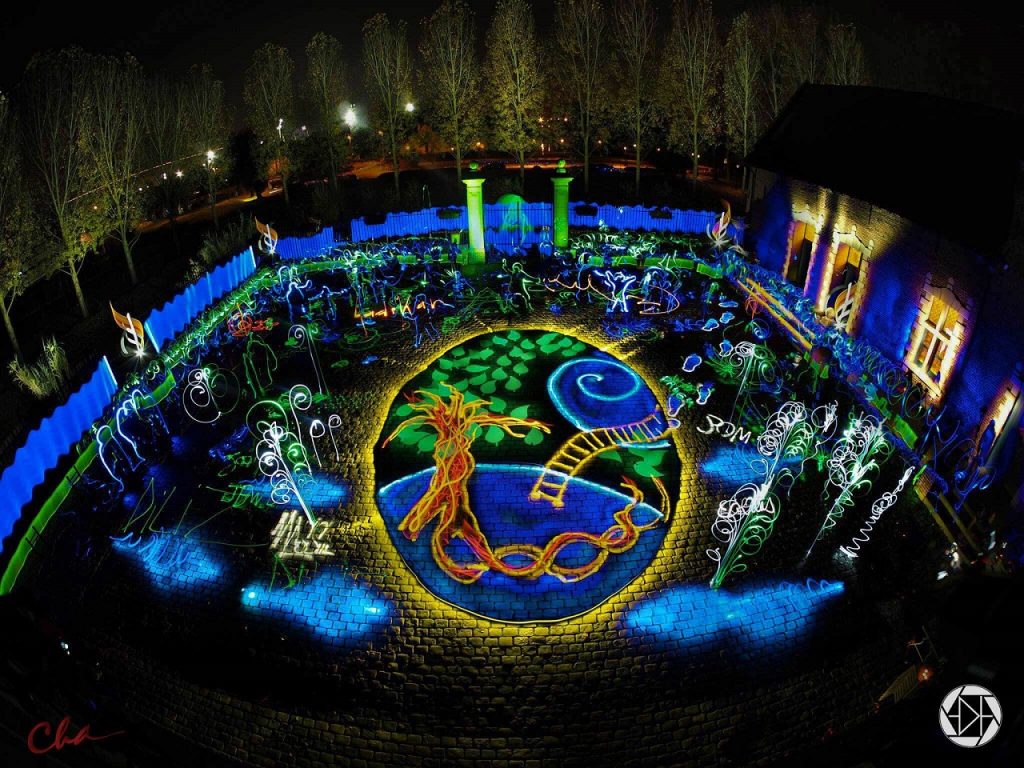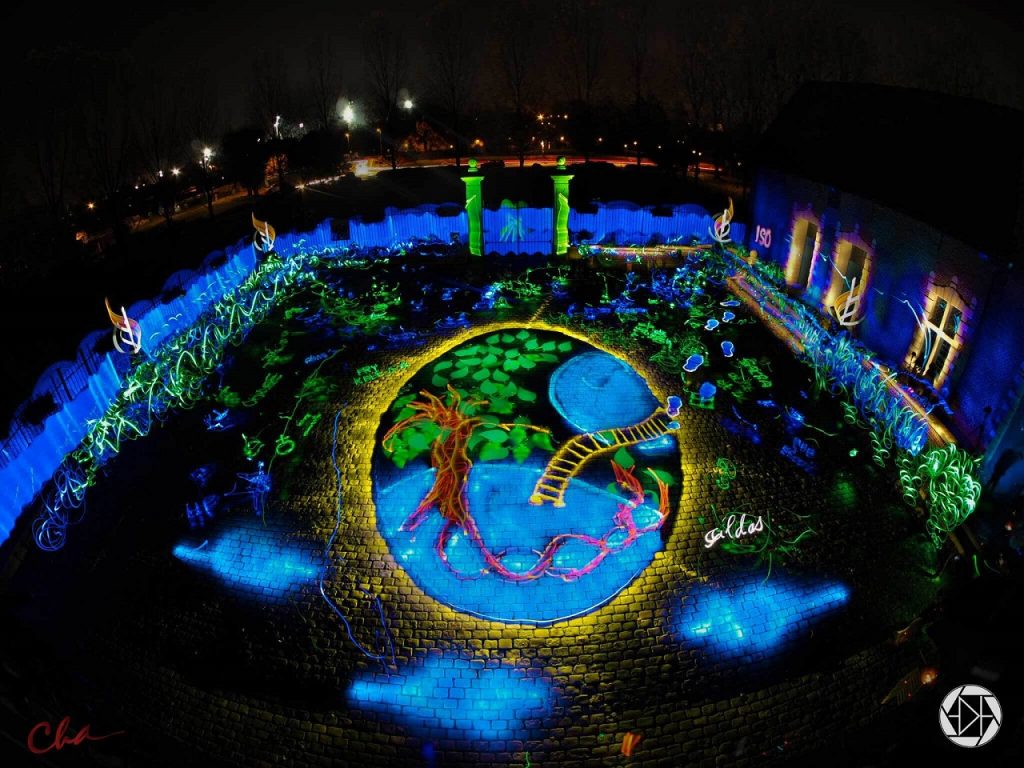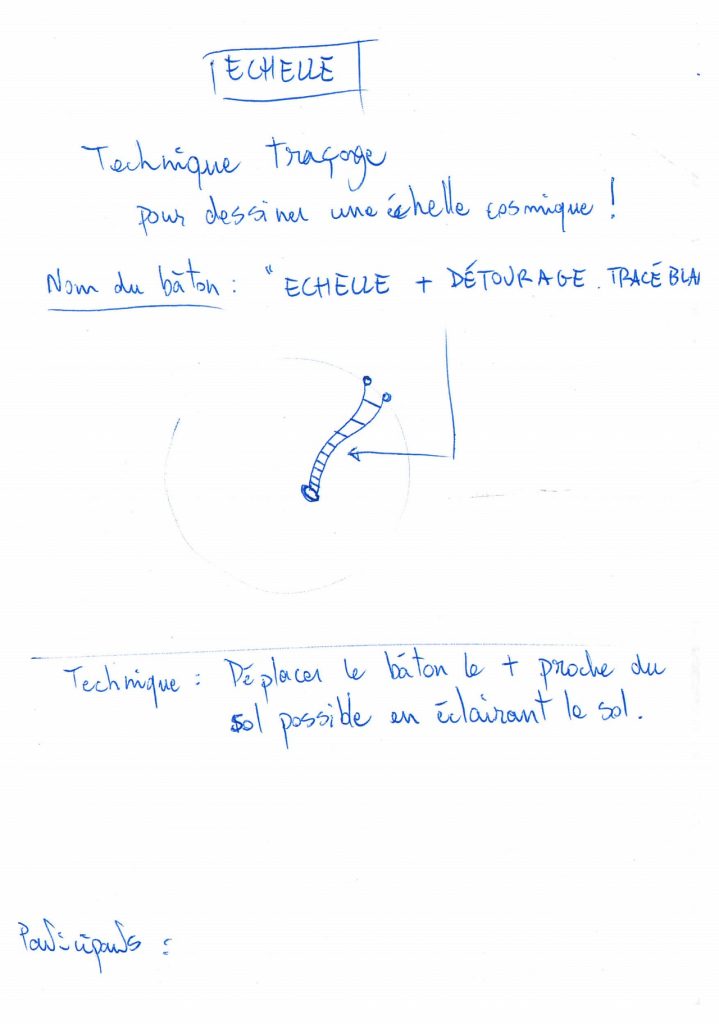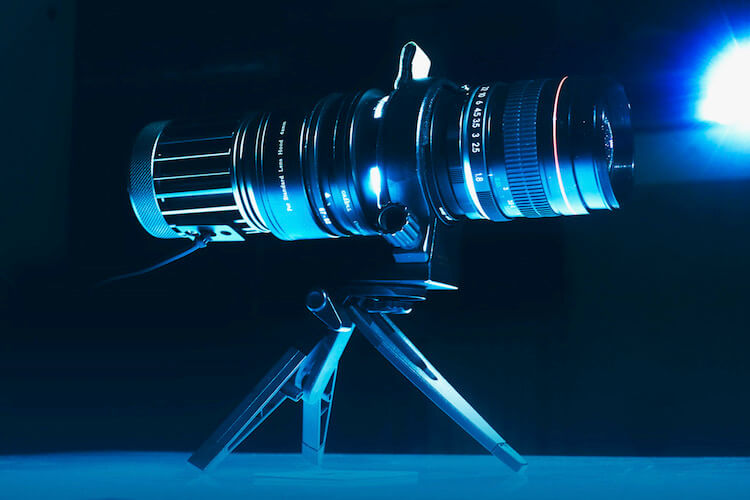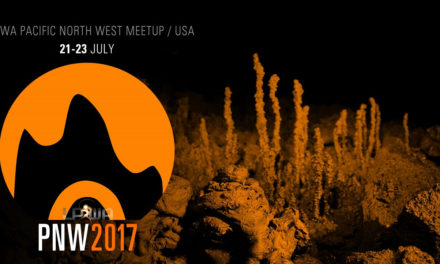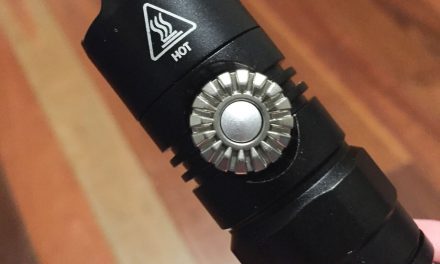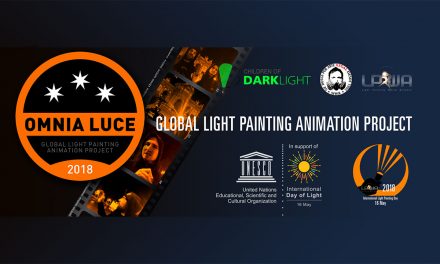
Monulight – LFLP Collab project
Recently we saw online some pictures from a great looking project by members of the LFLP and more people involved. We contacted LFLP to ask some questions about it. Chanette Manso, who was behind the idea of this answered us.
you can find the FRENCH version of this article here:
Interesting project with great results! Tell us a bit about it, how did this start?
The whole group appreciated the ‘great results’ ☺. We were so pleased with the experiences and the responses, during and after. I, Chanette Manso was particularly touched by my French League colleagues contributions. In reviewing the process, I cannot help but see ways to refine and build on it.
The main project was started by the “Ligue Francophone de Light Painting” (LFLP) with the cultural center called “La Ferme, d’en Haut” in Villeneuve d’Ascq, France. A weeks long light painting event called, “Les Journées Photoniques de Light Painting,” included a string of activities like workshops in schools, mediations in libraries, live shows in the cultural center’s theater and in the town’s historic monuments. Thus the Chateau des Flers’ outdoor square became the setting for a monumental light painting, Tree of Life. I find that large-scale light paintings are a great way of engaging the public to become actors, instead of mere subjects in a photograph.
Who was involved?
Public and private sponsorship, as well as the valuable talents of the LFLP team, facilitated the unique use of space and place.
NinjaRoux and Juls Boo organized the main project, while I was responsible for the conception and direction of the luminescent, Tree of Life. It was an incredulous experience to be able to rely on my colleagues, from preparation to realization. For example, they gave me feedback, using our online surveys. Gildas, in particular, helped me to conceive and write up the call to action sheets, which was a brilliant idea from NinjaRoux.
Then, of course, there was the public participation, which consisted of showing up, listening and experiencing light painting by doing it and seeing the results on the notebook.
As for the image, once I completed it, I repeated it over and over again on paper, on a notebook, on big cardboard found in the street and on cement paving, before doing the actual one on the night of the event on location
How many people actually participated in the process?
Fifteen members from the French League, lead by Juls Boo, Stéphane Baba and NinjaRoux. My role was lead the mise-en-scene of the large-scale light painting on the Friday night, although I joined them early in the week to be a part of it all.
Sixty people, local and international, came to participate in the 20 square meter light painting, including some who became new LFLP members.
How long did you prepared for this?
I spent a month off and on refining my idea of the tree of life symbol, because I needed some down time to incubate the idea. I repeated the drawing as an exercise to simplify it and find what is essential. While I figured out which tools would do what part of the drawing, with attention to color, I also tested them in my studio. For this, I waited for night time to trace light on a previously drawn on cardboard.
The rest of the preparation takes place just a couple days before the event, one night we tested making the circle, and the following night we managed to do one complete test run before the public arrived.
How did you come with the idea?
The city’s logo, comprised of a blue sphere representing technical innovation and the green leaf respect of the environment, inspired me to portray the tree of life under a blue light. As I have been developing a series of large-scale light mandalas with people, the tree of life seemed to fit. I thought the tree could be full of leaves like the one from the logo and the blue ball could give off blue light like that of screens. As I imagined the emblem on the ground, I thought what if it were an underground world? That was where the idea of a ladder came from, as a means to gain access this world. It was also important to contrast this luminescent underworld with the above existing one, thus integrating the square frame of the courtyard and fences with the buildings wall and the giant trees in the background to give yet more perspective.
How long time did you spend making this happen?
During the morning, I worked on putting together flashlights on broomsticks with colored gels to be the main light painting brushes. In the afternoon, Gildas and I wrote up the call to action sheets. At the last minute, Mass cut out leaf shaped stencils from white foam core, to be colored green.
It took a couple hours to set up and make the chalk drawing, plus do a test run, this all went very smoothly with such a coordinated team. The actual event for the public lasted a hour half, including the presentation, the explanations, the actual light painting experience and the closing talk with projections of the results on a big screen. Part of the project was to have the public repeat the movements three times with us to become more free with their movements in each of the three photographs.
How did you coordinate such an amount of people?
To coordinate, Gildas Malassinet and I made ‘call to action’ cards for each light painter, thus they knew their responsibility for their part in the picture as well as how to help the public. Each card included a description, a drawing and a technique to apply. Each light painter was expected to help the public technically as soon as they finished their tracing motions. Each call-to-action card had a ready-made light tool to use. And there was a simple order to follow, such as to avoid covering each other’s light up. When I yell “Let’s go!”, the cameras are triggered and everyone falls into action, like on a movie set.
As I distributed the cards, I also read them and demonstrated. Having the live composite mode, on the camera, seeing the light trace in live time, made it very easy to all check the notebook as we went along including the public.
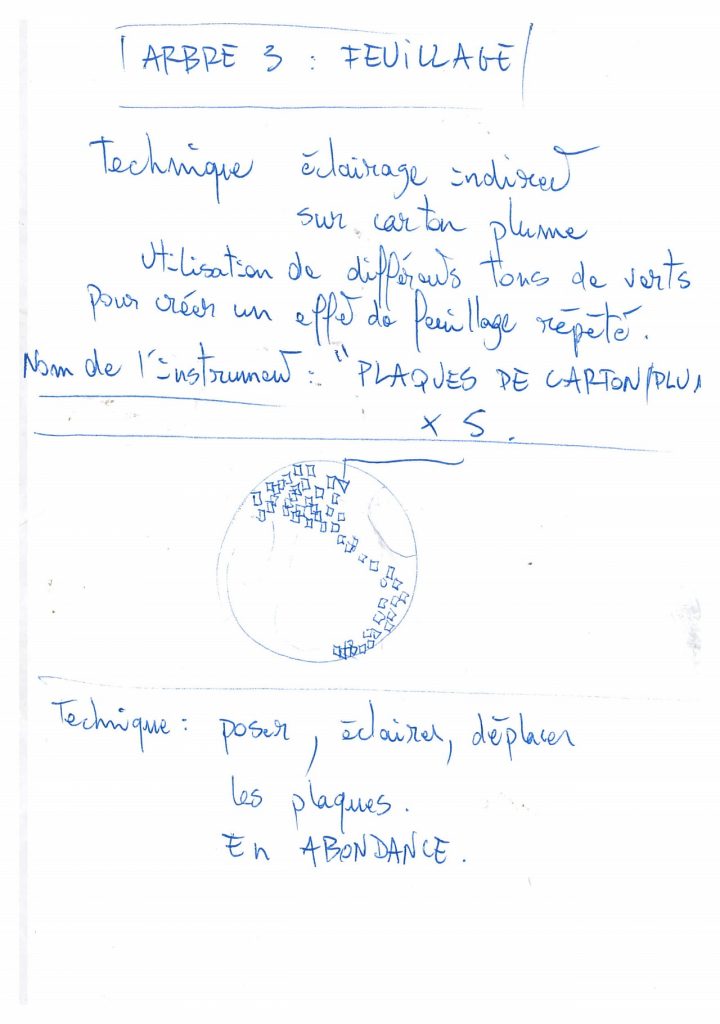
Who was doing what?
The idea was to have the light painters do the main structural elements with the more complicated details, while the public filled in the dark areas with signatures and silhouettes. I directed the project by delegating all the actual light painting and guiding the public as we went along with some help from NinjaRoux as the presenter.
NinjaRoux, Juls Boo and Gildas set up the fish eye camera and mine in the castle’s window, and Stéphane Baba helped to double on my camera. Stabeu was of great support whiles I drew the outlines in chalk as well as tracing the ladder and the footsteps with Poms. Poms filmed, while Baba made a stop motion from one angle and Ghislain from another. Someone came up with the bucket of water idea to erase if needed the chalk drawing that would serve as a guide. JBWB helped with tests, Diliz and Jadikan were part of light painting the tree with Gildas. Laurent Photo ensured the square frame with his four-foot neon, while Mass punctuated the corners with his signature flames of fire. Maxime emphasized the square with a green sword light. Alexia worked on the steps and walls of the chateau. George, a light painter from Belgium also participated in the square.
What was remarkable was that each person’s contribution added to an event, an experience and a monumental image that was the result of our working together, the whole became so much more than the parts, and all celebrating a place.
What were the challenges for this and how did you overcome those?
One of the main challenges was to get the circle to look like one and not be deformed from the angle we were shooting. The solution was to project at night, a circle from the point of view of the camera and then draw it with chalk on the ground.
Given the differences in focal length, it was not possible to do it with a projector; Juls Boo had just acquired a perfect tool to make this type of projection, the Visio, a superb Kickstarter project of a portable slide projector.
http://weareprojectors.com/visioprojecteur/
With the International day of Light Painting coming next year… What would your advice be for some people who would like to organize a large-scale light painting as that?
With the International Day of Light Painting coming next year on May 16, 2018, we all have an opportunity to light up the places and spaces we love. To do so, you will need to bring an experienced and talented team together with reliable equipment.
Plan, practice and test. Coordinate with local community leaders and artists while looking into permits for cityscapes and monuments.

